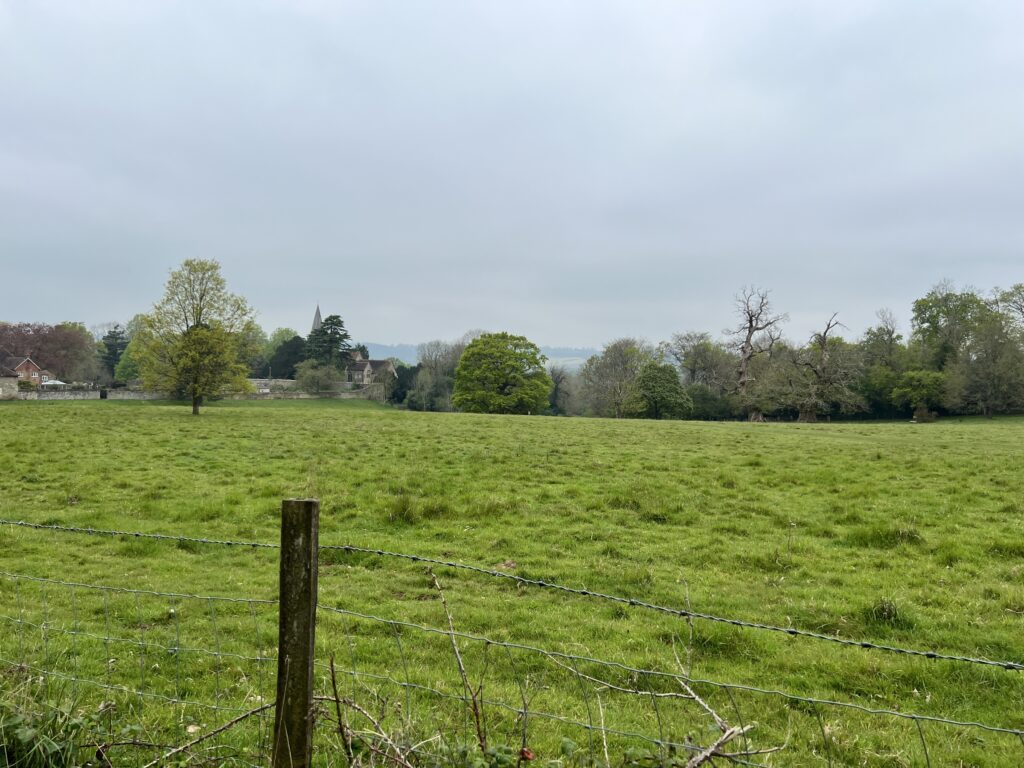LONDON, UK. 27th August, 2024 – Recent revisions to the National Planning Policy Framework (NPPF), which governs England’s planning system, mark significant steps towards addressing the country’s housing challenges. However, complexities and potential pitfalls remain, warns Nicole I. Guler, a chartered town planner at Urbanist Architecture.
As England grapples with a persistent housing crisis, recent revisions to the NPPF have been introduced with the aim of unlocking new development opportunities. However, Nicole I. Guler warns that these changes may not be the panacea they appear to be. While Labour’s proposals for the Green Belt have been criticised for their limited scope, Guler argues that the new Grey Belt reforms within the NPPF could either make or break the country’s housing strategy.
“The recent revisions to the NPPF and the introduction of the grey belt are certainly steps in the right direction,” Guler acknowledges. “However, these changes come with caveats that need to be critically examined. While it’s a positive move to finally define the Grey Belt—encompassing previously developed land and areas within the Green Belt that contribute minimally to its key purposes—the definition remains overly broad and prone to subjective interpretation. This ambiguity could lead to significant inconsistencies across regions, exacerbating the very disparities these reforms are supposed to address.”
Guler, whose new book ‘Green Light to Green Belt Developments’ offers a detailed exploration of the challenges and opportunities related to Green Belt land, underscores the intricacies of managing this contentious issue. “At a strategic scale, nearly all Green Belt land contributes significantly to at least one of its key purposes, whether it’s preventing urban sprawl, safeguarding the countryside from encroachment, or preserving the setting and character of historic towns,” she explains. “The challenge, however, is that even land that may seem to have a ‘limited contribution’ on a superficial assessment could, in fact, play a crucial role in maintaining the broader functions of the Green Belt. This vagueness is likely to result in a fragmented approach to land development, where some regions may aggressively pursue Grey Belt land releases, while others may resist, leading to an uneven distribution of new housing projects across the country.”
In addition to these concerns, Guler highlights the potential pitfalls of reintroducing the five-year housing land supply requirement. While this move aims to drive housing delivery, it could also concentrate power in the hands of developers, especially in areas with outdated local plans. “This could lead to developments that are more developer-driven than community-oriented, potentially resulting in cookie-cutter housing estates that fail to integrate properly with local infrastructure or meet the nuanced needs of the community,” she warns.
“The emphasis on maintaining a sufficient housing supply is important, but without proper checks and balances, it risks fostering developments that prioritise quantity over quality. Equally important is a steadfast commitment to high-quality housing design and the creation of sustainable communities. It’s not enough to simply increase the quantity of housing; we must focus on good design that integrates with the local context, enhances the public realm, and promotes long-term sustainability. Only by marrying these elements can we ensure that new developments enrich the fabric of our towns and cities rather than detract from them.”
Guler also expresses concern over the financial viability of projects under the new “golden rules” for developing on Grey Belt land. These rules, which include requirements for 50% affordable housing and necessary infrastructure improvements, are commendable but could be challenging to implement. “The success of these initiatives will depend heavily on the ability to balance these requirements with the economic realities faced by developers, particularly in regions where land values and construction costs vary significantly,” she explains. “Without a carefully calibrated approach, these well-intentioned rules could either stymie development altogether or lead to compromises that dilute their intended public benefits.”
Guler concludes by stressing that, “Changing planning regulations to allow the construction of 1.5 million new homes is a bold goal. However, without stricter guidelines and a fair approach across all regions, this ambition risks falling short. To truly address the housing crisis while safeguarding the unique qualities of the Green Belt, it’s essential that these reforms are implemented with both precision and flexibility, ensuring that development meets the highest standards of design and sustainability.”

